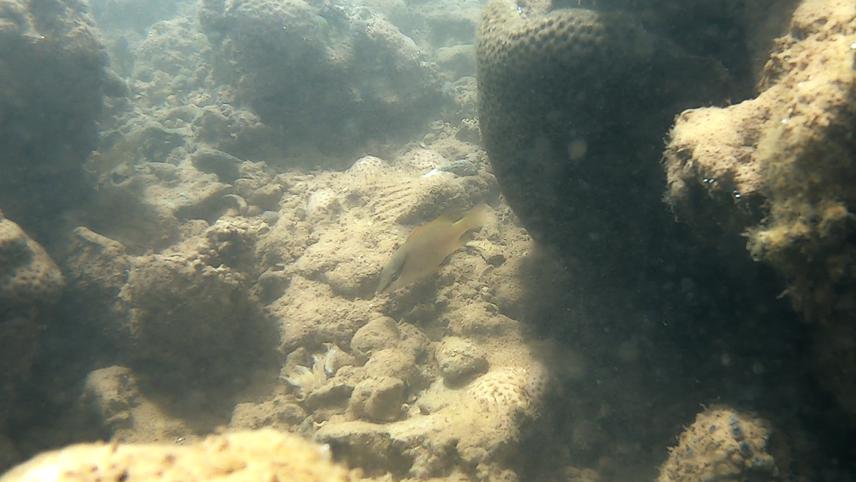Patrick Derviche
The dog snapper, Lutjanus jocu, has high commercial and ecological importance, although is currently facing overfishing in the Abrolhos Bank, the region of highest marine biodiversity in the Southwestern Atlantic. The dog snapper is considered data deficient (DD) and populations are on a decreasing trend according to the International Union for the Conservation of Nature (IUCN) Red List.
The species perform cross-shelf ontogenetic migrations, using estuarine habitats when juveniles, and migrating to shelf habitats as get older. In this sense, part of dog snapper population depends on estuarine areas as nurseries since they can benefit from favorable conditions such as high food availability and refuge from predators. As well, recent studies have indicated that part of the population may display marine residency. Nursery areas with the greatest contribution in the total number of individuals to the replenishment of adult populations are known as ‘effective juvenile habitats’.

A juvenile dog snapper inhabiting a pool tide. Photography was taken by me.
Our general objective is to investigate the population connectivity of the dog snapper across a 350 km extent coastal-marine mosaic, identifying the site-specific signatures and inferring the main nursery habitats to the maintenance of adult populations.
Our first specific goal to achieve is to identify the otolith site-specific elemental signatures of young-of-year (YOY) dog snappers (0+ years of age) in nursery habitats in the study area. The contributions of nursery habitats to the recruitment will be inferred through the analysis of water and otolith chemistry.
Our second specific goal is to identify the effective juvenile habitat of the adult dog snapper’ populations based on the geospatial otolith elemental fingerprints. Identifying the nursery origins of fish stocks is fundamental for understanding population connectivity and the effects of environmental variables on population dynamics. As well, as guiding fisheries management strategies and conservation efforts, such as the successful delimitation of marine protected areas (MPAs) and MPA networks.
We also aim to raise awareness about the importance of species conservation in civil society. Therefore, to communicate results and lessons from this project, we will pursue a wide multi-pronged approach to information dissemination targeting fishers, educational lectures in schools, NGOs, policy-makers, and the local community.
Finally, our findings may serve as a basis to guide future fisheries management strategies and conservation efforts. Moreover, we aim to raise awareness about species conservation through social networks and educommunication activities.